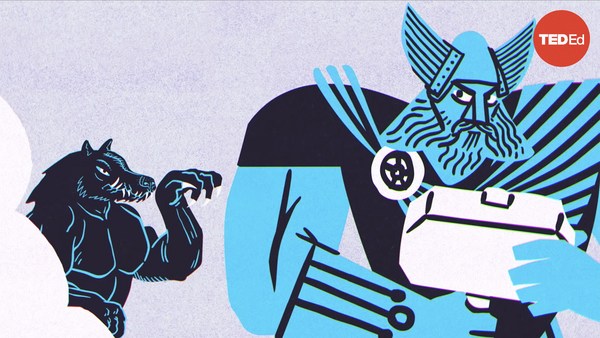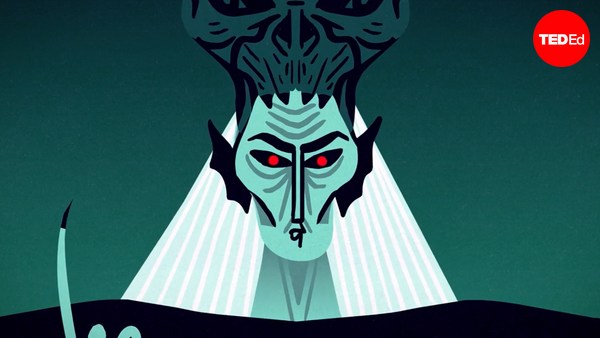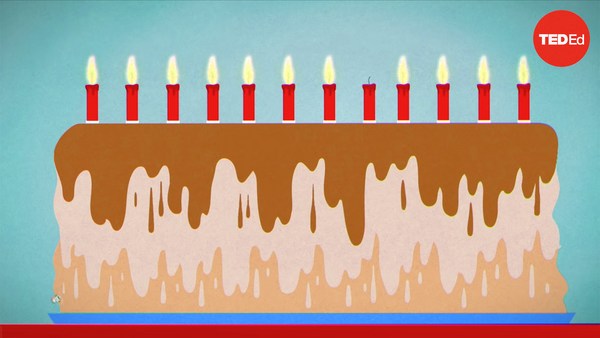Ragnarok has been raging for far too long; many gods and heroes have fallen, and the rest can barely stand. Loki, his bright eyes dimmed by exhaustion, asks to meet. He proposes that you and he settle the conflict with a game atop a sacred table engraved with your names.
It has the following rules: one player will carve any number of crosses into the table, then play begins. Each turn, the active player must carve a line connecting two open ends without touching itself or another line. Then, he must carve a short segment across that new line and pass the knife to the other player. Only crosses and end-of-turn segments are in play. Whoever makes the last valid move wins and will rule the new world.
Loki will let you carve however many crosses you want into the table, then he’ll choose whether he goes first or second. You’re certain the trickster is up to something, so how can you beat him?
Pause here to figure it out yourself. Answer in 3
Answer in 2
Answer in 1
Often the best way to analyze a game like this— which was invented by John Conway under the name Brussels Sprouts— is to try it out. Let’s start with the simplest case: a single cross. Here, no matter how we play, the game ends in three moves. With two crosses, the game always ends in eight. And with three crosses, 13 moves. That’s a bad sign if it continues— however many crosses you carve, Loki could choose the turn order and win. But this pattern doesn’t necessarily mean that every game is fixed— perhaps 10 or 15 or 100 crosses has some winnable condition.
So let's try to understand what's happening. We can start by looking at the final states of a few games. As chaotic as they seem, there’s something interesting here. Every game ends with a number of distinct regions, each with exactly one line poking in. The one cross game has four— these three, and the one outside the blob. Two crosses produces eight regions, and three crosses, 12. That makes sense; each cross started with exactly four points that we could carve from— we can think of those as lives. Each turn removes two ends, then adds two more. But when one is stuck by itself in an enclosure, it’s unusable and we lose a life. By the end of the game all but one of those lives has been claimed by an enclosed shape, with the last poking out into the great blank beyond. And when do we make an enclosed shape? Almost always. In this game, we closed one off there, and there, and there. Sometimes they immediately claim a life, but sometimes it happens later to two at once, like when we divide a region in half. But even that move added one more region than we previously had— we turned one into two. The only time we don’t create a new enclosure is when we connect two separate clusters, like this. A cluster might involve a single cross or a blob that’s formed around multiple.
We never end up with an enclosed region without a line, because whenever we make a region, we carve a new segment, half of which pokes in. We also never end with a region with multiple lines, because then we could connect them and divide the region further.
So back to the single cross game. We start with four lives in one giant region. After we carve the first line, we have two regions. After the second line, three regions. And after the third, four, so we’re done. Adding a second cross gives us four more lives, and also a free move that doesn’t make an enclosure, whenever we choose to connect these two clusters. The third cross adds four more lives and another free move. So that’s why the total number of turns goes up by five each time— four extra lives plus one free move.
All of which is to say: Loki, true to form, has rigged the game. The only way to win is to trick the trickster... and there is something he overlooked. Let's say you carve one cross. Loki chooses to go first, anticipating a quick and easy win on turn three. So when, on your first move, you carve a line all the way to the last letter in your name, his triumphant sneer passes through shock, dismay, and rage. But rules are rules, and a cross is a cross.


